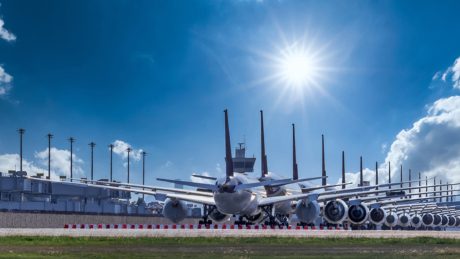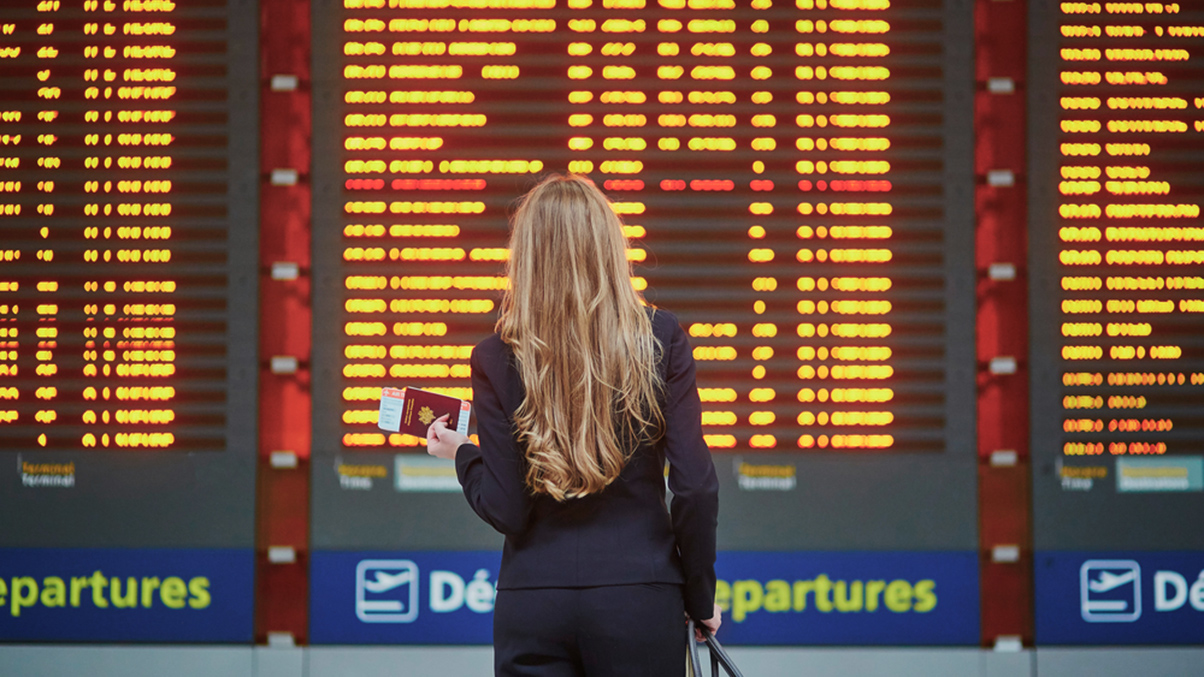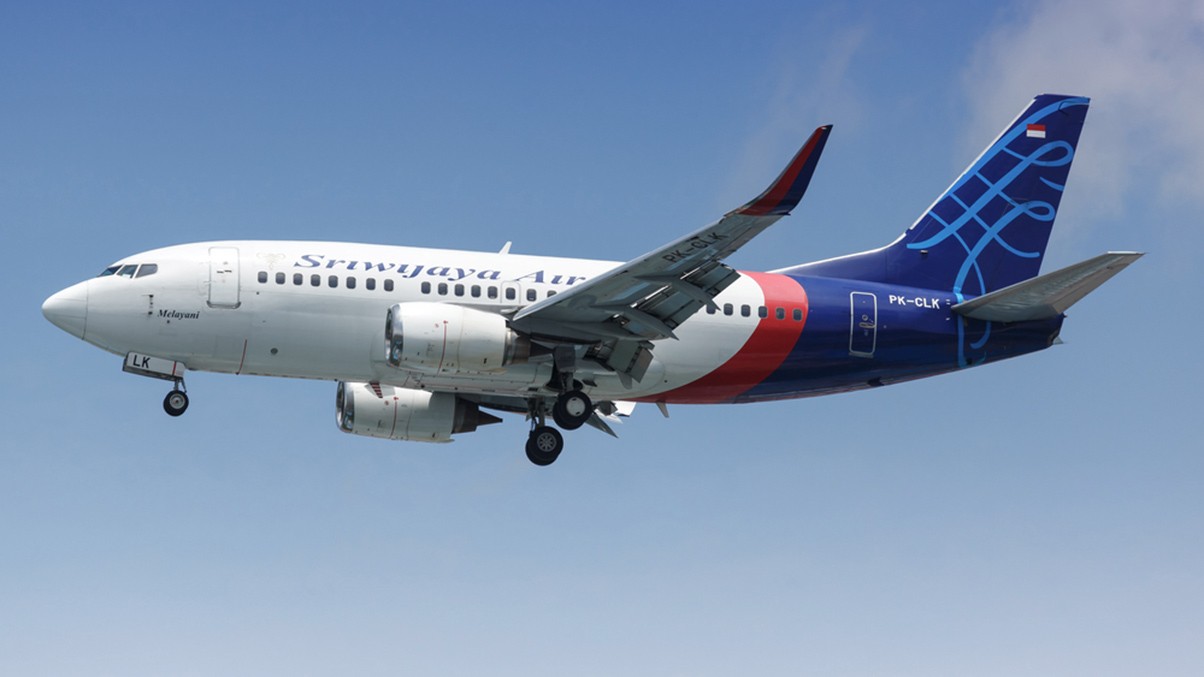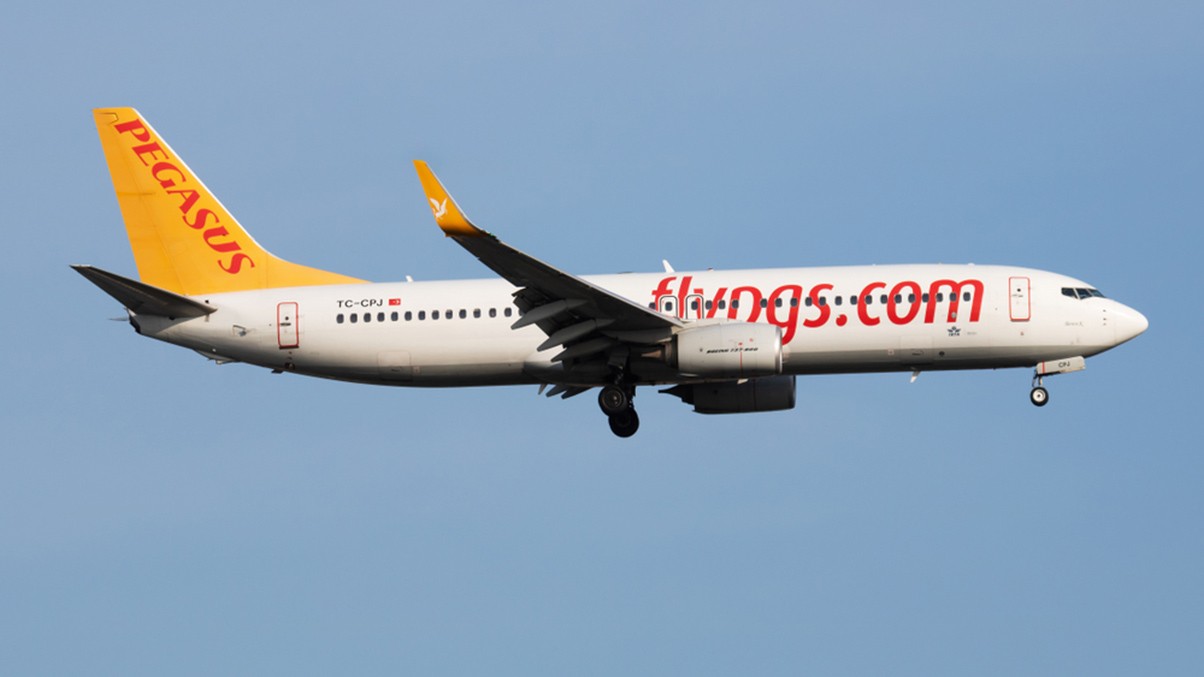Whilst the skies may have reopened for commercial flight, the picture that aviation passenger travel currently presents remains bleak. The International Air Transport Association (IATA) now estimates that global passenger traffic will not return to pre coronavirus levels until 2024: a revised estimate and one year later than previously anticipated. One of the key contributory factors is the weak consumer confidence in relation to unemployment and the possibility of contracting COVID-19.
Although the news of a vaccine has rallied airline stocks and helped shift sentiment, it remains to be seen how much of an impact this will have on passenger travel and it could present problems of its own. According to some reports, Qantas are considering whether the vaccine should be a pre-condition of carriage. Qantas are not alone. Consumer confidence has been further dampened by obstructive and ineffective testing practices with certain countries refusing tourist travel entirely. The interplay of external pressures has forced airlines to scale back operations due to the slump in demand, resulting in many fleets being grounded and by extension their pilots and flight crews. Cirium, an analytics company, highlighted that nearly a third of the world’s commercial passenger aircraft are currently still in storage. Although domestic travel has improved marginally in larger markets such as China, international traffic remains at historic lows due to border restrictions.
The question that follows is how significant this is to air safety? In this article, Aviation Partner Sarah Stewart and Paralegal Dani Tselentakis outline some of the dangers that present themselves from extended periods out of the sky and assess the existing measures that aviation authorities and airlines around the world are taking to deal with this.
The reduction in air traffic has meant that most pilots and crew are no longer performing the tasks they were doing before the pandemic. Pilots in particular are heavily affected, and whilst life-like flight simulators are one alternative to real flight, many of these are closed as a result of the pandemic, leaving pilots with few alternative options. The erosion of skills and knowledge becomes inevitable in circumstances where those skills are not practised or supplemented by training. This is a concern that has been recognised by several aviation authorities around the world. The European Union Aviation Safety Agency (EASA) Executive Director Patrick Ky stated at a press conference in September 2020, “If you haven’t flown for three months, six months, you need to be retrained in some way in order to come back.”
Incidents
Indeed, data shows that as the skies have slowly re-opened, accident rates have also started to rise, which some aviation experts attribute to a degradation in pilot skills from a lack of practise. In May 2020, Pakistan Airlines flight 8303 crashed en route from Lahore into a residential area in Karachi. All but two occupants were killed. The initial air safety report carried out by the Accident Investigation Board of Pakistan published on 15 June 2020 found that “human error” was causative, criticism levelled towards the lack of proper communication between the pilots who were described as ‘distracted’ by talks about coronavirus and Air Traffic Control who did not communicate that the engines had made contact with the runway to the pilots. This was Pakistan’s deadliest aviation accident and it is no coincidence that it occurred days after domestic commercial flights resumed following the first lockdown. The investigators found no technical issues with the aircraft. EASA Executive Patrick Ky commented on the accident at the same press conference in September 2020, reiterating the point about pilot proficiency: “The pilots did not seem to be as fluent in the way they were conducting their flights as they should have.”
The incident above is not isolated. On 15 September, a Lion Air A330 aircraft carrying 307 passengers and 11 crew veered off the runway momentarily after landing. Thankfully, the crew were able to return the aircraft to the runway center line and the landing continued without further incident and there were no injuries. Nevertheless, the event prompted an investigation and the preliminary report carried out by Indonesia’s National Transportation Safety Committee revealed that the pilot flying had flown less than three hours in the previous 90 days. The first officer had not flown at all since 01 February 2020. The report further commented on the difficulty that airlines have had in maintaining pilot proficiency and flying experience. The aircraft in question was an A330, which Lion Air does not have a flight simulator for. Ordinarily, pilots would have gone to third party facilities in Indonesia, Malaysia or Singapore however, the Covid-19 travel restrictions have made these much harder to access.
Airline operators are in a situation where they are grappling with the need to scale back their operations out of economic necessity, whilst maintaining pilot flying proficiency to ensure operations remain safe. Airlines and operators need official guidance on how to manage these competing priorities. Whilst one solution available to operators is to consider recent flight experience when rostering flight deck crews, the issue is increasingly becoming a catch 22, as more and more crew do not have recent flight experience due to the scaled back operations, borne out of the need for economic preservation, but the corollary is that pilot proficiency is falling as they require flight time to maintain their skills.
Flights to nowhere
Some airlines have taken a unique approach by offering flight services which provide the two key benefits of allowing pilots to exercise their aviation skills and inducing passengers to travel. This approach is known as the ‘Flight to nowhere’, and it allows airlines to generate critical revenue at a time where the aviation industry is being squeezed for a steady flow of profits. The flight to nowhere is a novelistic concept which attempts to shift the focus of travel from point A to point B, to the travel experience itself. This approach encompasses all parts of the journey: from its inception at the airport, to airlines offering flight experiences of their new aircraft and sightseeing trips, predominately throughout Asia and the southern hemisphere. Of course, these flights have no destination per se, with take-off and landing occurring at the same airport.
One example of the flight to nowhere comes from Australian carrier Qantas, who offer sight-seeing trips from Australia to Antarctica. The first flight took off on 25 March 2020, and lasted around twelve and a half hours, covering a distance of 6,500 miles. These flights were intended to be a replacement of the London – Australia routes on their fleet of Boeing 747-400s (an aircraft analogous to the A380 in size). Qantas also offers sightseeing flights over the Great Barrier Reef, with prices per seat between £445 and £2,145, with the first round of sales selling out in under 10 minutes.
With the undeniable success that the flights to nowhere have had for the long-haul flight sector, it is likely for the foreseeable future these flights are here to stay. Airlines will need to continue innovative practices in order to remain profitable and competitive, and it is likely that flights to nowhere are but one example of the spectrum of services airlines and airports can and will offer in the future. The benefits that the flights to nowhere bring to the aviation industry and pilots are clear: pilots are able to keep their licenses current and to keep up to date in terms of their skill set. In the early days of Covid-19, many aviation authorities around the world were forced to offer special exemptions for those engaged in commercial air transport to prevent huge numbers of pilot licenses expiring. Whilst the exemptions alleviated the regulatory demands for flight hours and certificates, the move did not assist with the need for pilots to continually hone and refine their skills. The International Civil Aviation Organisation (ICAO) has called for flight crew to be recognised as key workers so that they can use travel bubbles and access training facilities. In the meantime, the flights to nowhere offer a practical solution for flight crews to ensure their skills do not erode.
However, the flights to nowhere have not gone without receiving negative scrutiny on and environmental level. Critics cite that before the pandemic, global aviation was emitting roughly 1.1 billion tons of CO2 per year – approximately 2.6% of the CO2 produced annually. They argue that without the travel justification, airlines are now creating emissions for no real reason and this poses an unnecessary danger to the environment.
Conclusion
In summary, it seems clear that the extended periods without exercising aviation piloting skills are posing significant risks to pilots and their passengers across the world. Whilst aviation authorities have largely recognised the danger posed by skill degradation, the options that are available due to the huge slump in demand are limited. Airlines utilise models which operate off economies of scale and so are being forced to balance competing priorities of keeping the company profitable whilst maintaining the skills of their pilots, and that tightrope is becoming increasingly thin. The extension of time periods between licenses and validation checks offers regulatory relief but does nothing to hone the skills of the pilots. Whilst the flights to nowhere do offer pilots some relief in this regard, it is still only a fraction of the practice that regular flight schedules pre coronavirus brought and come with their own set of ethical and environmental issues. The correlation between degradation of pilot skill and incident rates is undeniable. The unfortunate reality is that the longer this situation goes on for, the greater the risk that will be posed to air safety.
This article was co- written by our Paralegal Dani Tselentakis
You can find further information regarding our expertise, experience and team on our Aviation pages.
If you require assistance from our team, please contact us or alternatively request a call back from one of our lawyers by submitting this form.






